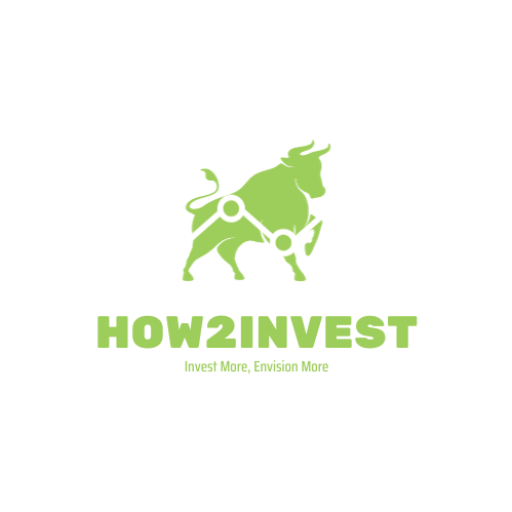Introduction to CPP and EI Max
Navigating the financial landscape is a constant challenge for both employers and employees. Whether you’re an employer calculating payroll or an employee planning your retirement, understanding the Canada Pension Plan (CPP) and Employment Insurance (EI) maximums is crucial. As we approach 2023, it’s time to take a closer look at the upcoming changes to these crucial financial parameters and their potential impact.
Explanation of CPP and EI Max

Before diving into the changes, let’s clarify what CPP and EI Max are. The CPP is a mandatory contributory social insurance program in Canada that provides retirement, disability, and survivor benefits. The EI program, on the other hand, offers temporary financial assistance to unemployed Canadians who have lost their job, are pregnant, have taken maternity or parental leave, or are caring for a sick family member.
The CPP and EI maximums, often referred to as “Max,” represent the maximum annual earnings subject to CPP and EI contributions. They are calculated based on a percentage of your earnings, up to a maximum limit.
Changes in CPP and EI Max 2023
For 2023, both the CPP and EI maximums are expected to increase, resulting in higher contributions from both employees and employers. This increase reflects the ongoing plan to gradually enhance the CPP, aimed at providing greater benefits to retirees in the future. Additionally, the EI Max increase is a result of annual adjustments to account for growth in average weekly earnings.
The exact rates and maximum earnings for CPP and EI in 2023 will be announced by the Canadian government later this year. However, it’s essential for employers, HR and payroll professionals, and employees to be prepared for these changes.
Impact on Take-Home Pay

The increase in CPP and EI contributions will inevitably impact take-home pay for employees. Employees will see a larger portion of their paycheck being directed towards these contributions until they hit the revised maximum limit for the year.
While this might seem like a drawback, keep in mind that these contributions are an investment in your future retirement income and a safeguard against potential unemployment or disability.
Tips for Employers
For employers, preparation is key. Here are some steps to help manage the upcoming changes:
- Stay Informed: Keep an eye on announcements from the Canada Revenue Agency (CRA) regarding the updated rates and maximums for 2023.
- Adjust Payroll Processes: Ensure your payroll systems are set up to accommodate the increased contribution rates and maximums.
- Communicate with Employees: Inform your employees about the changes and their impact on take-home pay. Provide resources to help them understand the changes and the benefits they entail.
Importance of Financial Planning

The upcoming changes underscore the importance of financial planning for employees. While the increased contributions could impact current cash flow, they also represent an enhanced safety net and increased retirement benefits.
Financial advisors can play a critical role in helping employees navigate these changes. They can offer strategies to adjust to the new take-home pay and provide guidance on long-term financial planning.
Case Study: Consider the case of Sarah, a middle-aged employee earning above the CPP and EI max. With the increased contributions in 2023, she notices a dip in her take-home pay. However, after consulting her financial advisor, she learns that she’s boosting her future CPP retirement benefits. She also opts to adjust her current spending habits slightly to accommodate the change, setting herself up for a secure future.
Conclusion
While the increase in CPP and EI contributions for 2023 will mean higher deductions from paychecks, it’s crucial to remember the long-term benefits these programs provide. Employers and employees alike need to stay informed, prepare effectively, and view these changes as investments in future security.
Remember, navigating the financial landscape is a journey, and taking proactive steps now will ensure a smoother transition into 2023. Happy planning!













Leave a Reply